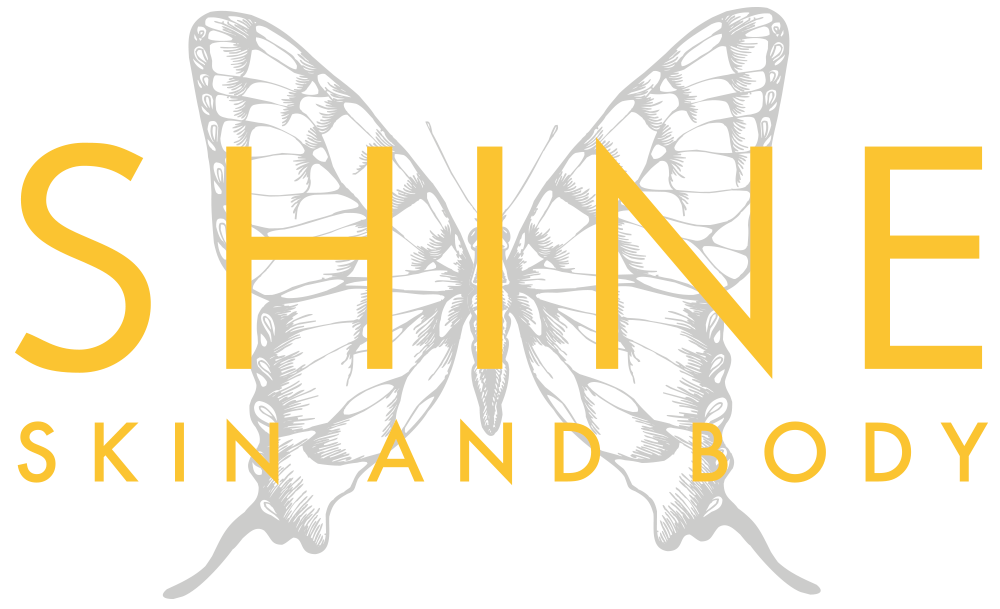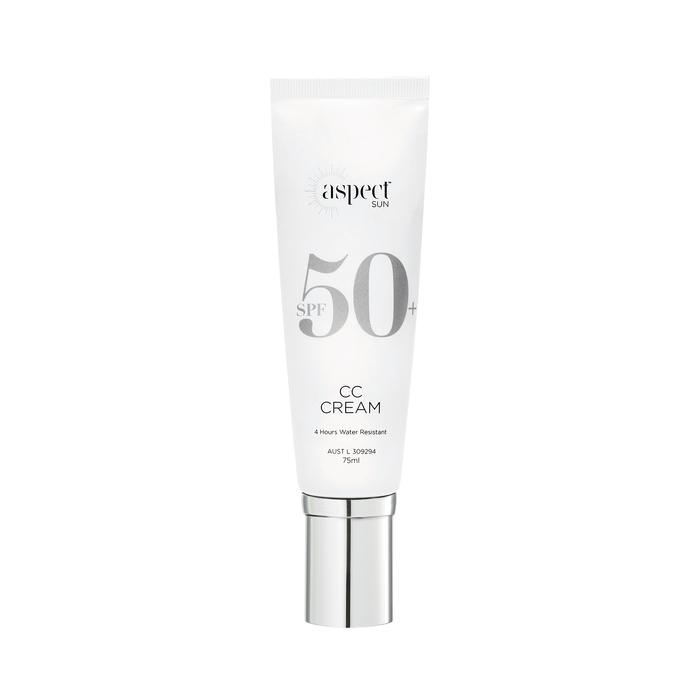I will start off with the most important thing with sunscreen. All the statistic’s that follow will not be true if you don’t use the right amount of sunscreen. The correct amounts are for the average-sized adult:
- apply more than half a teaspoon of sunscreen (about 3 ml) to Face/neck (including ears) and to each arm
- Just over one teaspoon (6 ml) to each leg, the front of the body and the back of the body.
- UV-A: (Ageing) This is the longest wavelength and penetrates both the ozone layer and glass as well as penetrating deeper into the skin than UV-B. It causes cancer, premature ageing, age spots and wrinkling
- UV-B: (Burning) Responsible for tanning and sunburns. It is partially blocked by the ozone layer cannot travel as easily through glass.
- UV-C: This is totally absorbed by the earth’s atmosphere; we encounter it only from artificial radiation sources- i.e tanning beds.
- No sunscreen provides full protection so never rely on sunscreen alone for sun protection. Combine sunscreen with sun-protective clothing, a broad-brimmed hat that protects the face, head, neck and ears, shade and sunglasses.
- Apply sunscreen 20 minutes before you go outside and again every two hours (whether or not the label tells you to do this).
- Use a generous amount of sunscreen.
- The weather makes little difference. Overcast conditions block as little as 20% of radiation. So you should apply sunscreen every day
- You can get sun damage by just driving to work- so even if you are in an office all day remember UVA (responsible for age spots, premature ageing and cancer) can travel through glass.


